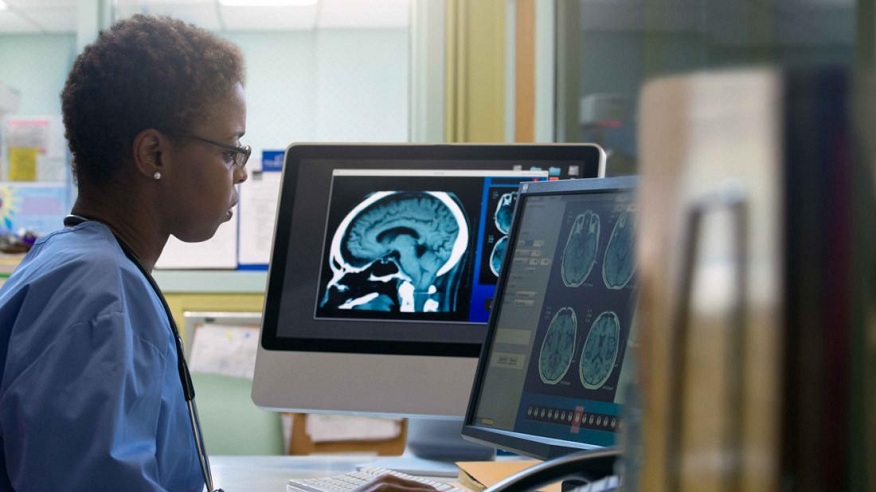Comparing Traditional and Modern Diagnostic Imaging Techniques
Stepping into the complex world of diagnostic imaging can be like trying to pick your way through an intricate maze. The different techniques available – both traditional and modern – can seem overwhelming. But fear not. In our journey today, using the advancements in body imaging colorado as our compass, we’ll traverse the labyrinth of these imaging techniques. We’ll compare the old with the new, the traditional with the cutting-edge, to give you a clearer picture of what each technique brings to the table.
The Traditional Players
Let’s start with the veterans – X-rays and Ultrasound. X-rays have been around since the late 19th century. They provide clear images of dense structures like bones but struggle when it comes to soft tissues. Ultrasound, on the other hand, has been a game-changer for expectant parents everywhere, offering a safe peek at the unborn child.
The Modern Contenders
Enter the new kids on the block – CT, MRI, and PET scans. CT scans offer a detailed look at the body’s structures by combining multiple X-ray images. MRIs use magnetic fields to create detailed images of soft tissues, making it a champion in detecting brain and spinal cord anomalies. PET scans take it a step further, showing how our organs and tissues are functioning.
The Showdown: Traditional vs Modern
Each technique has its strengths and weaknesses. X-rays and Ultrasound are readily available, fast, and affordable. Their downside? They don’t provide the most detailed images. CT, MRI, and PET scans, thanks to technological advancements, produce incredibly detailed images. But these come with a higher cost, longer scanning times, and greater complexity.
The Verdict
The best technique depends on the patient’s individual needs. A broken bone? An X-ray will do just fine. A suspected brain tumor? An MRI is the way to go. But one thing is certain – modern techniques like those in body imaging are pushing the boundaries of what we can see and understand about our bodies.
The Future
Looking ahead, the future of diagnostic imaging is bright. Artificial Intelligence (AI) and Machine Learning (ML) are rapidly developing fields that have the potential to revolutionize diagnostic imaging. Think of faster analysis, more accurate diagnoses, and personalized treatment plans. The maze of diagnostic imaging is evolving, and it’s an exciting time to be a part of it.


Leave a Reply
You must be logged in to post a comment.